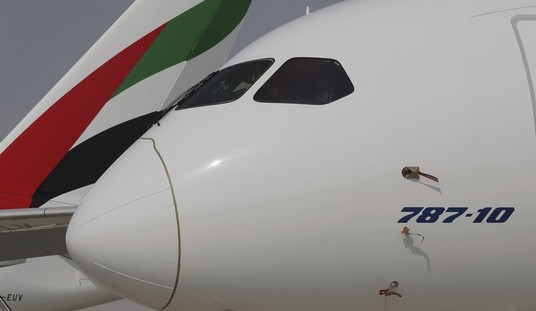A team of 15 students from Stanford, Brown and Spellman College created a “bio-drone”–a drone that is biodegradable. The students created the bio-drone for the 2014 iGEM International Genetically Engineered Machine competition.
The bio-drone is “made mostly of fibrous mycelium, a root-like material found in fungi. The lightweight and sustainable substance is then coated with a sheet of sticky bacteria-grown cellulose, while the circuits inside the drone are printed using silver nanoparticle ink.” The materials allow the drone to naturally decompose. Although a biogradable drone could be quite useful for the military — for example, if one were to crash it might dissolve before falling into enemy hands — the device wasn’t designed for the military. According to its engineers, the bio-drone decomposes slowly over a few months so it wouldn’t be useful to the military unless the decomposition process could be sped up.
But focusing on the speed of decomposing is beside the point, Lynn Rothschild, the lead scientist in synthetic biology at NASA’s Ames Research Center and another team advisor, tells me, because that’s not what they designed it for. “It had nothing to do with military implications,” she says. “Once you say the word ‘drone,’ people do think of sinister connotations. But this is not why we’re doing this.”
The drones were designed to enter and investigate “sensitive ecological” areas such as coral reefs without interrupting the ecosystem. “The biodegradation, therefore, is for protecting the environment, not the drone—which means the team focused less on speeding up the decomposition, and more on building the drone out of the right materials,” said Rothschild.
(Why is NASA spending money on this?)








Join the conversation as a VIP Member